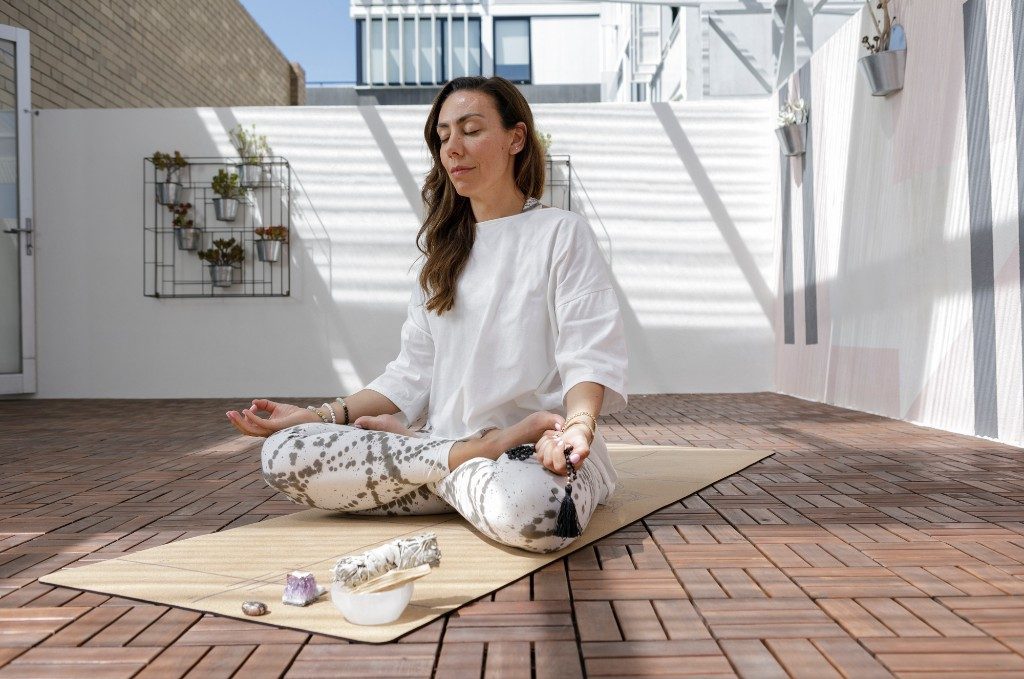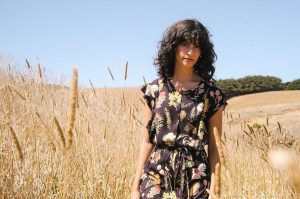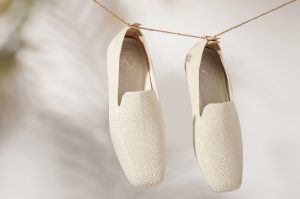“You’d be squabbling over as little as two cents per piece, which could be a huge help to a supplier and mean nothing to a retailer, but they would refuse to budge.”
Raja is talking to me from her shop space at South Melbourne Market. A former product developer for fast fashion brands in London, she’s seen her share of dodgy deals and knows first-hand the pressure factories face when it comes to producing fashion items for big name retailers.
“They were always making promises to factories that things would get better but they were never going to change,” Raja says.
“For example, the retailers would often agree on a price and then say they wanted to pay the suppliers less.”
After starting her career being essentially a middleman between the retailers and suppliers, Raja was inspired to do things differently.
“I witnessed a lot of things that were unethical and I had to do things that I didn’t agree with. I was constantly asking myself “Why are they doing it this way when it could be done so much better?” she says.
“The cruel reality was, when you source products as a buyer, profit always comes before planet or people. And I just thought there must be a better way.”
Raja took a seachange to Bali where she did her yoga teacher training. She was planning to start a kidswear label but was inspired by the yoga practice to create practical and environmentally friendly items for the yoga industry.
Specifically, she wanted to create quality yoga wear that was kind to the environment.
“When I looked into a lot of the yoga clothes on the market, I could see that it was mostly synthetics, which I didn’t feel aligned with the yoga practice. And the dyes – they weren’t environmentally friendly either,” she says.
“Yoga is about kindness and mindfulness and I thought that should be reflected in our clothes. I wanted to create something that aligned with the yoga philosophy.”
Luna & Soul was born, with a focus on environmentally friendly fabrics and dyes, and positive impact on people and the planet.
For the brand’s yoga wear, Raja chooses natural fibres and materials such as GOTS certified organic cotton and Tencel by Lenzing. The garments are dyed using natural plant dyes or certified organic dyes, sourced in Bali.
“They literally go out into the forest and collect the ingredients. It’s very time consuming but they collect it, blend it and ferment it and then soak the fabrics in the dyes. And the water they use in the dyes they’re able to use to water plants as there’s no chemicals in the dyes,” Raja says.
Raja’s first Luna & Soul collections have been produced in Bali where the designer works with a number of close contacts for dying and assembling the garments.
She says these relationships have been an opportunity to do the opposite of what she experienced as a fast fashion buyer. Rather than pressing unnecessary deadlines and budgets, she works with them to figure out reasonable costs and timelines.
“I launch the products when they’re ready – I don’t put unnecessary pressure on my suppliers,” she says.
“Also when you work in the industry, that constant pressure of new trends and colours is exhausting. I choose not to follow that because it puts an expiry date on the clothing”.
To reduce the environmental impact of the brand, Raja uses fabric offcuts or natural fibres for the labels, and consolidates and offsets shipping.
She describes the Luna & Soul style as timeless with a bit of a twist.
“I like creating pieces that can be worn to yoga but also out for a coffee or a drink after. Multi-purposed pieces rather than for one thing,” Raja says.
“To me, it’s all in the name. Luna (moon) has an impact on the environment and your soul. When you wear it you’re doing good and you should feel good.”
Find out more and shop Luna & Soul here.
This article was produced in partnership with Luna & Soul.




